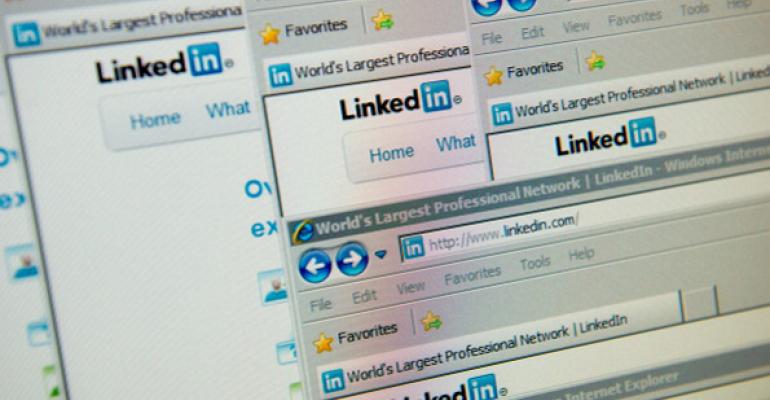If you are a promotional machine on social networks, you are driving your connections away. If you are sharing irrelevant content, your connections are becoming numb to your message. Both are damaging your social relationships.
The right mix of what you share on social networks is important. Each social network (Facebook, Twitter, LinkedIn, Google+, etc.) has its own culture and therefore should have a unique mix of content, engagement, personality, and promotion. As much of our coaching revolves around LinkedIn, let’s explore the ideal mix for the world’s largest online professional network.
First things first. Anything you post on social networks has to be approved by your compliance department. As more archiving solutions emerge, and firm-wide pilot programs advance, the ability for advisors to post on social networks will experience an upsurge. With added functionality comes added responsibility to maintain your brand.
An effective LinkedIn recipe for your voice we derived from Early Adopters in our 2012 Social Media Research Study…
3 Parts Content, 2 Parts Engagement, 1 Part Personality, and a Dash of Promo

We call this the 3-2-1 LinkedIn Recipe. This is how we define the ingredients:
Content may be self-generated, compliance-approved posts, or curated from other news sources. Regardless of the source, it needs to be relevant to your connections. This means that your content must have context. Confused? Context means you understand your audience and know what’s of most interest to them. Content and context work together to provide premium value to your connections. When done correctly, content and context feel helpful not salesy. Think of context marketing as content marketing, but smarter.
Also, content doesn’t always have to be specific to only financial services. Determine what your clients find of interest, and deliver. Take note of your posts that generate the most “likes” and comments and examine these posts for commonalities.

Engagement is sharing your opinion on your connections’ posts, and it will bring your network to life. Don’t believe me? Try commenting, liking, and responding to your connection’s posts for two weeks. Watch their responsiveness to your posts grow. If you let them know you are listening, they will reciprocate.

Sharing your personal sideon social networks is a good thing. It gives a pulse to your professional persona on LinkedIn. Obviously, Facebook and Twitter are more appropriate for personal posts, but don’t rule out LinkedIn. It’s okay to make personal posts on occasion as long as you remain professional. People are able to relate with you when you present as a real person.

Promotion is an important part of what you communicate to your connection base. But you need to keep blatant promotion to a minimum. Promotional messages won’t get you as far as gathering intelligence on LinkedIn and turning it into a face-to-face contact sport.

Let the former serve as a rule of thumb for getting started. The ideal formula comes from execution and measurement.
Kevin Nichols is a thought-leader with The Oechsli Institute, a firm that specializes in research and training for the financial services industry. Follow him on twitter @KevinANichols | www.Oechsli.com






